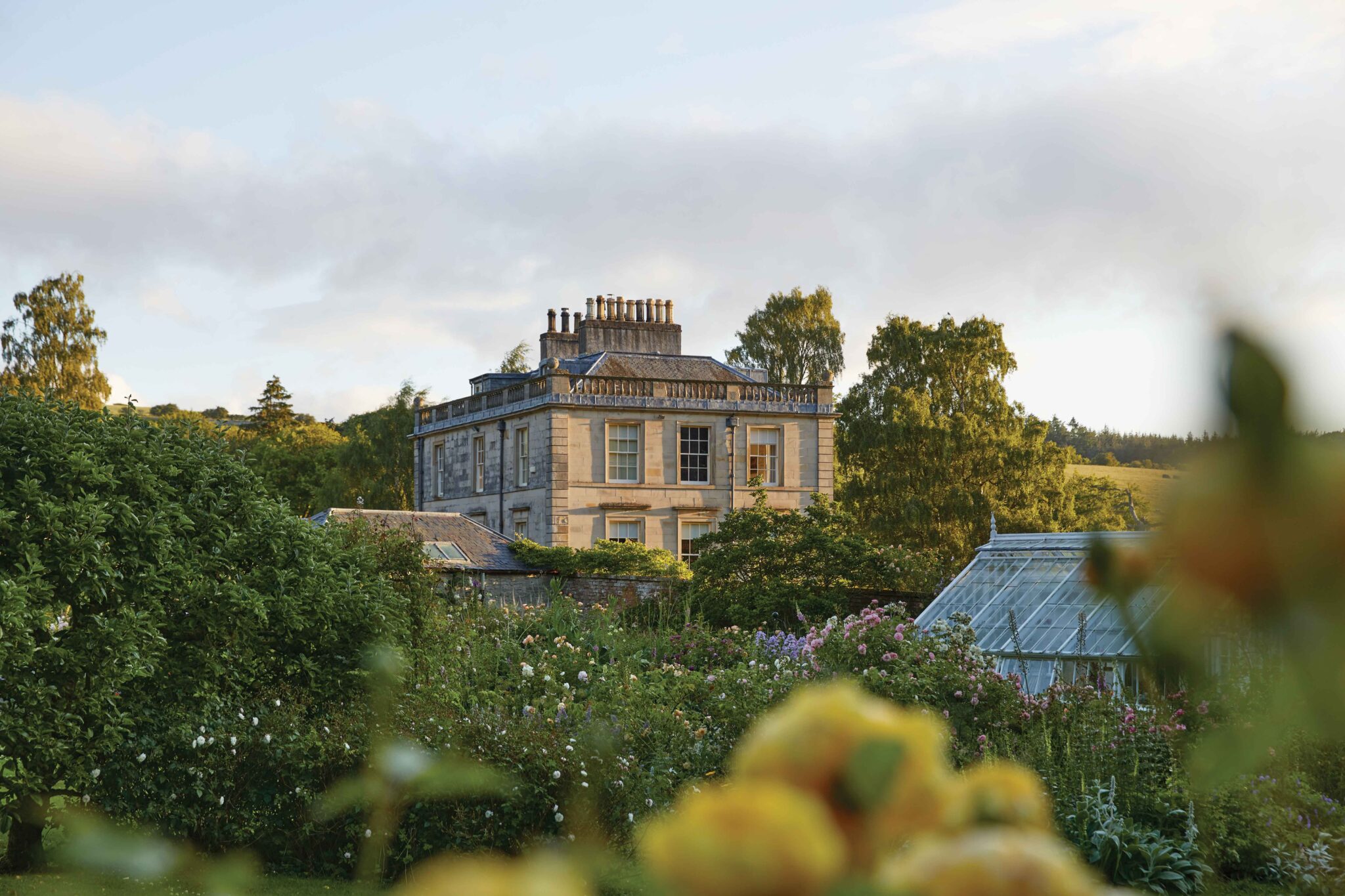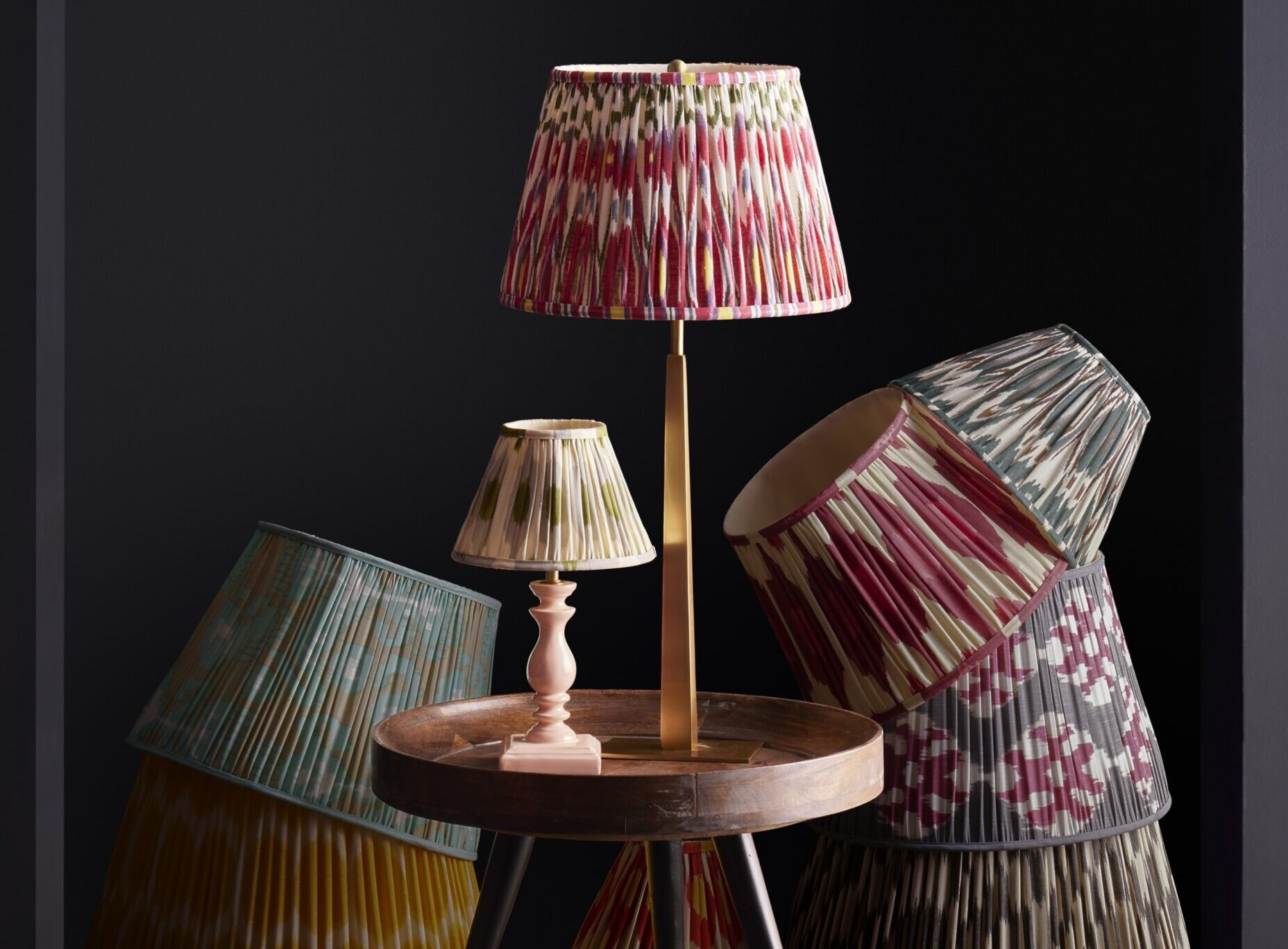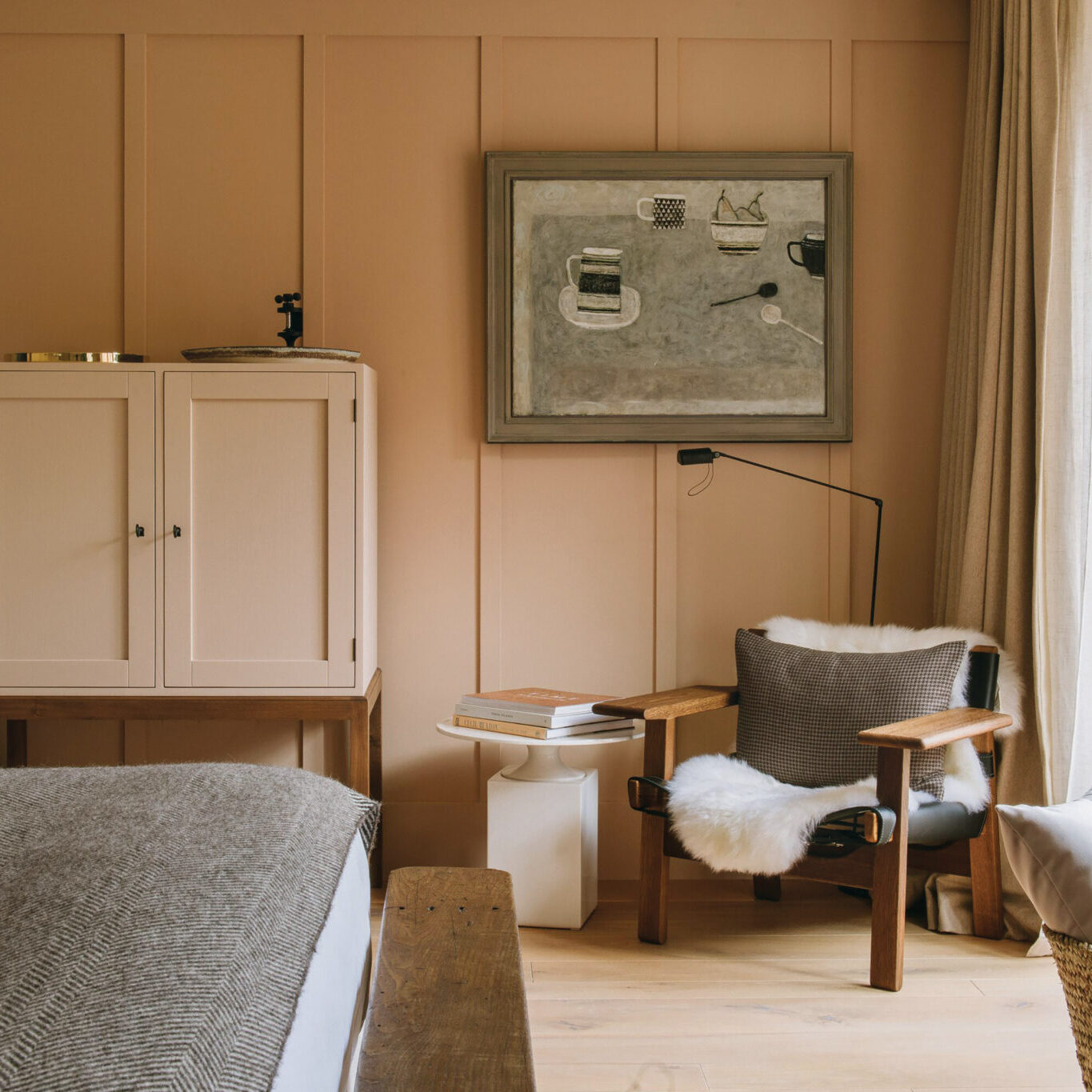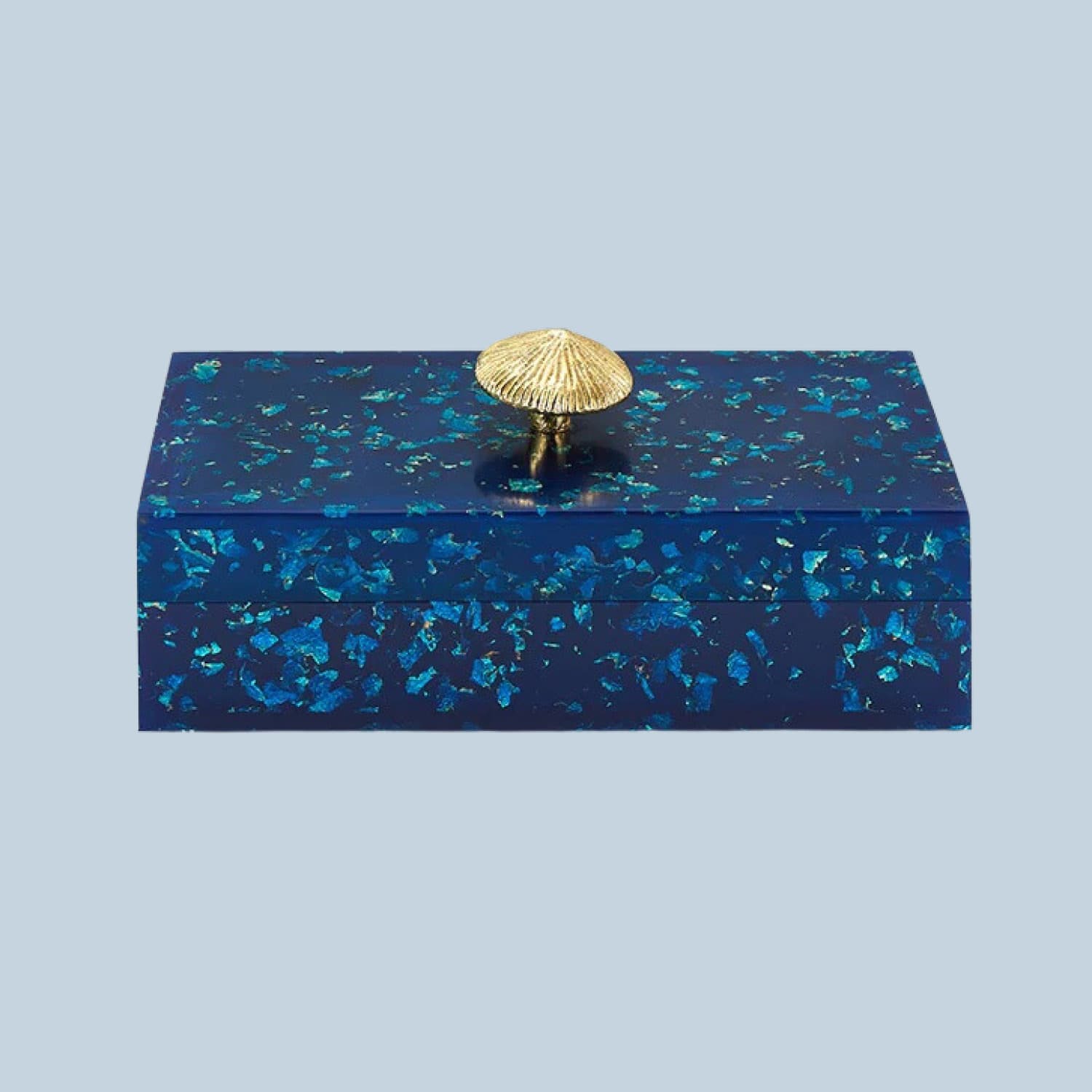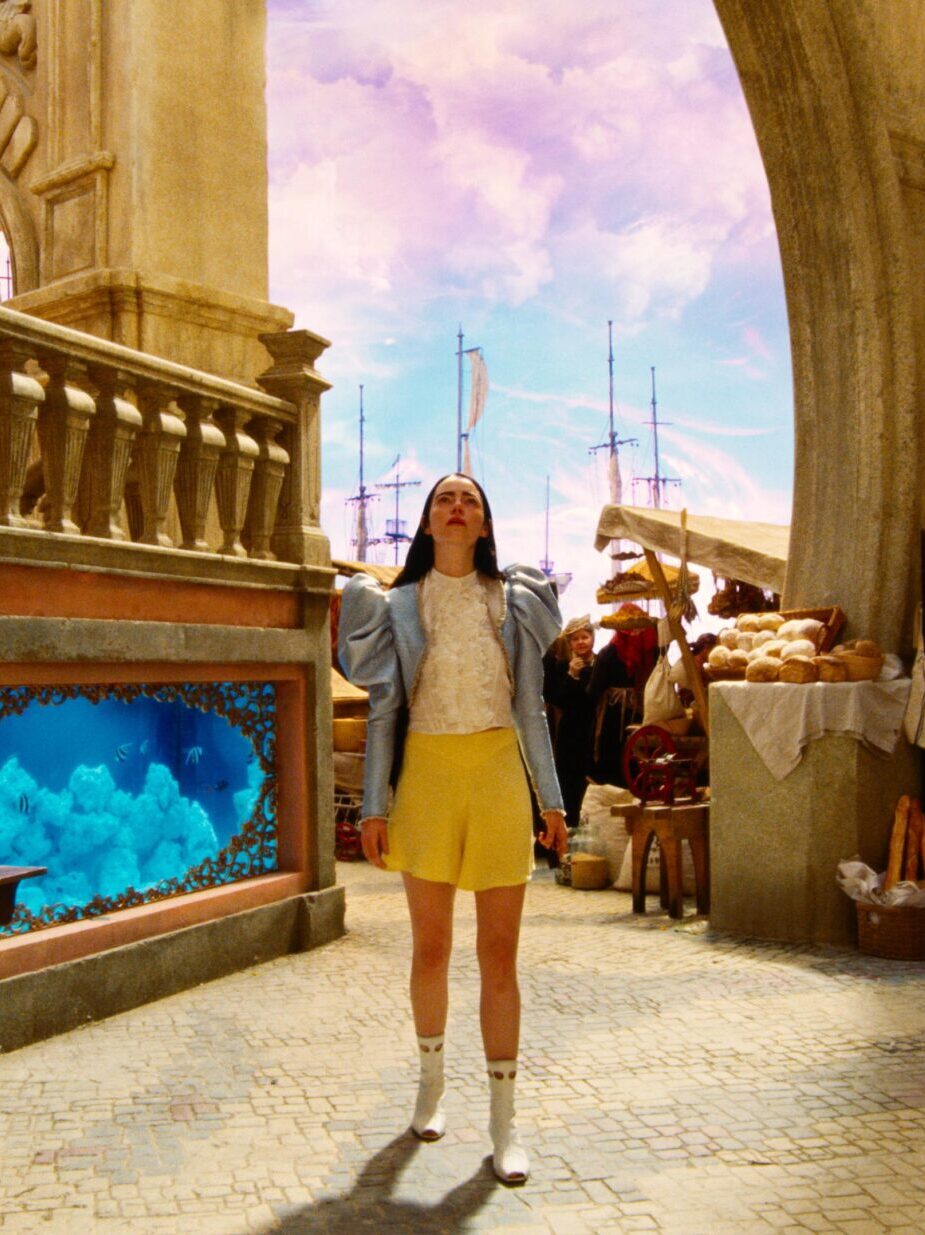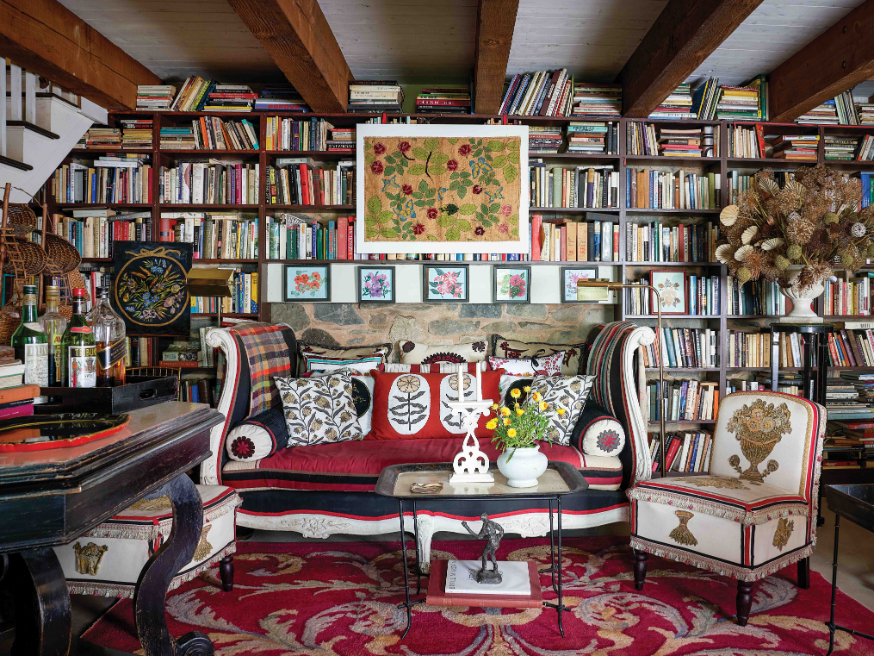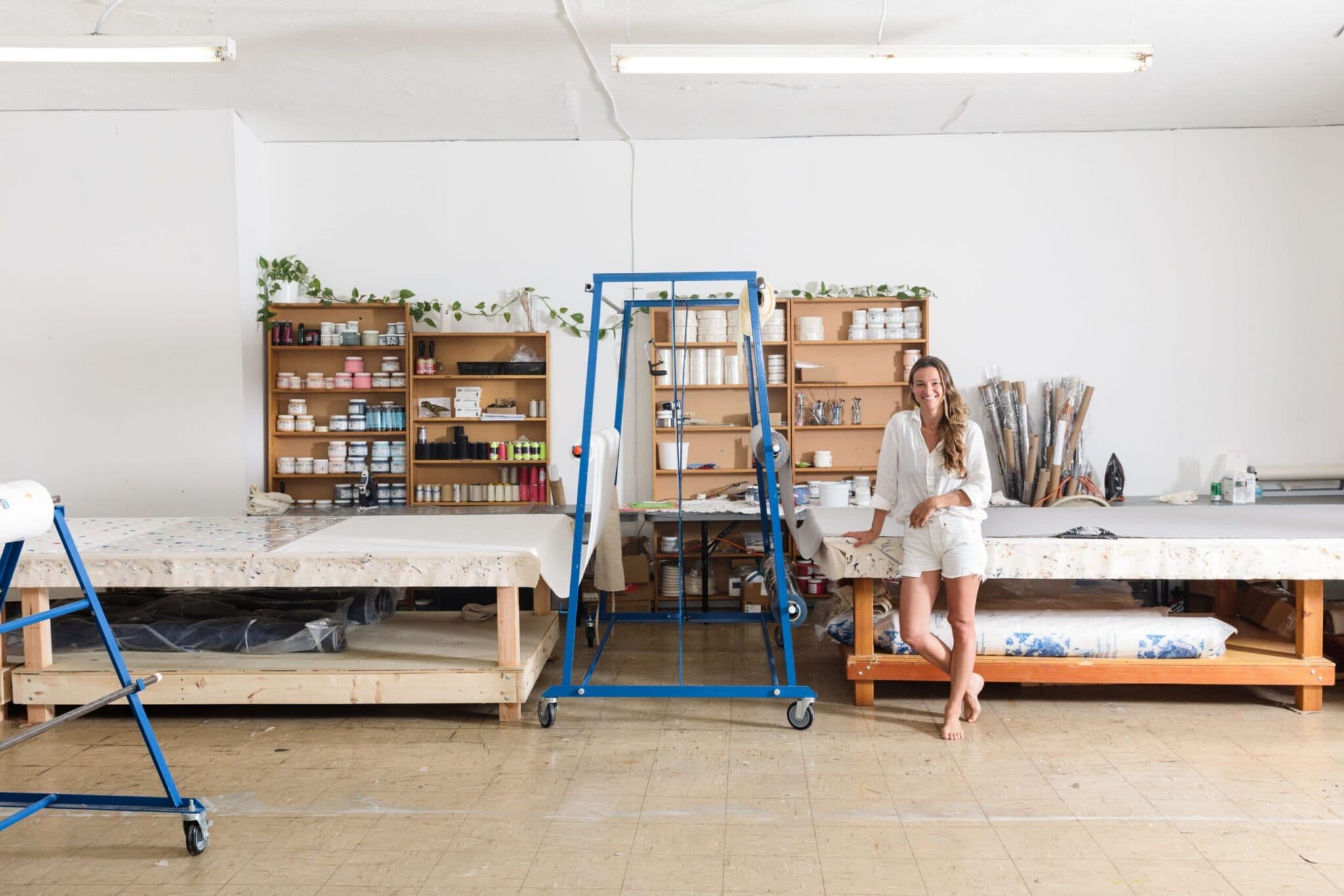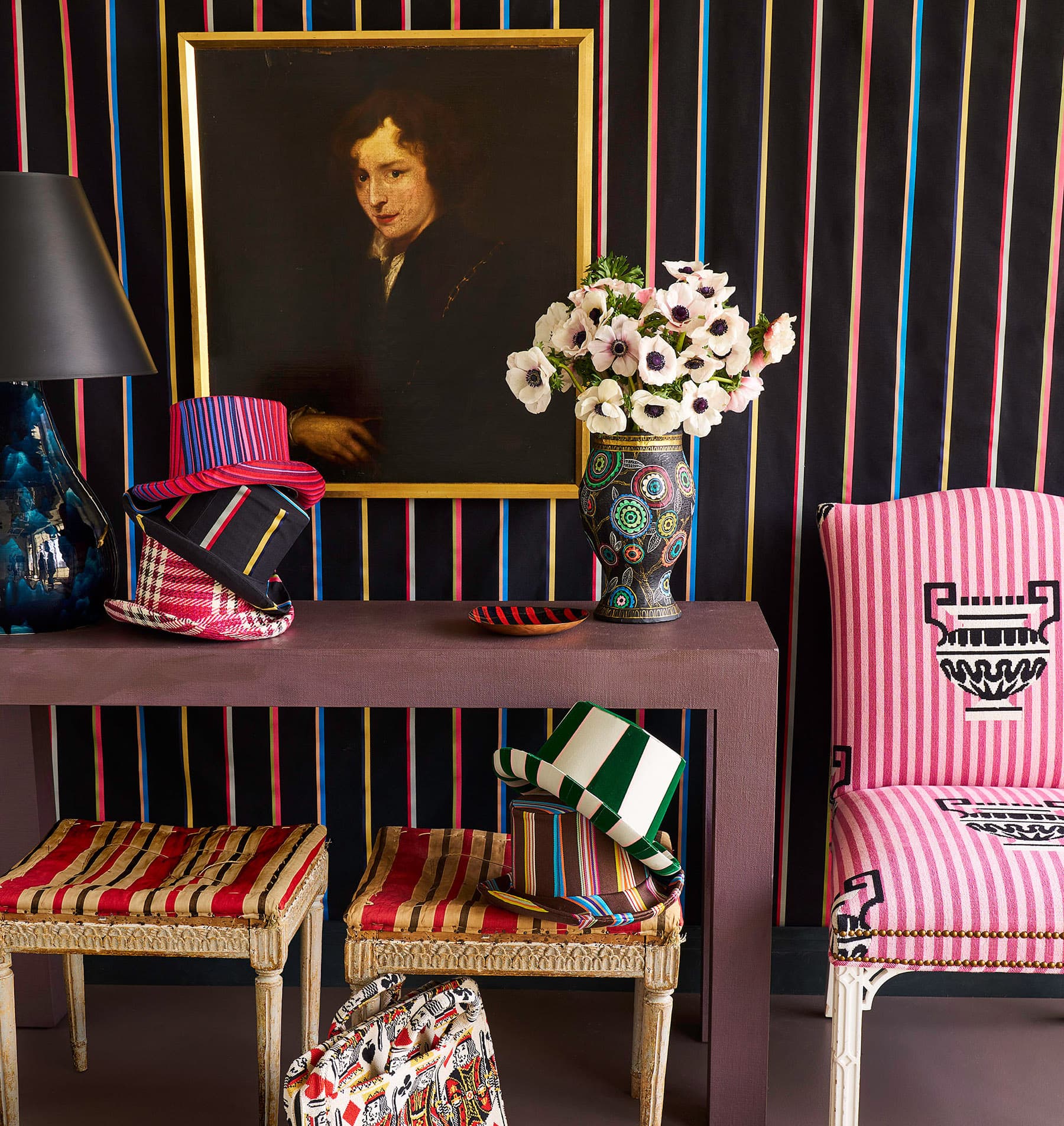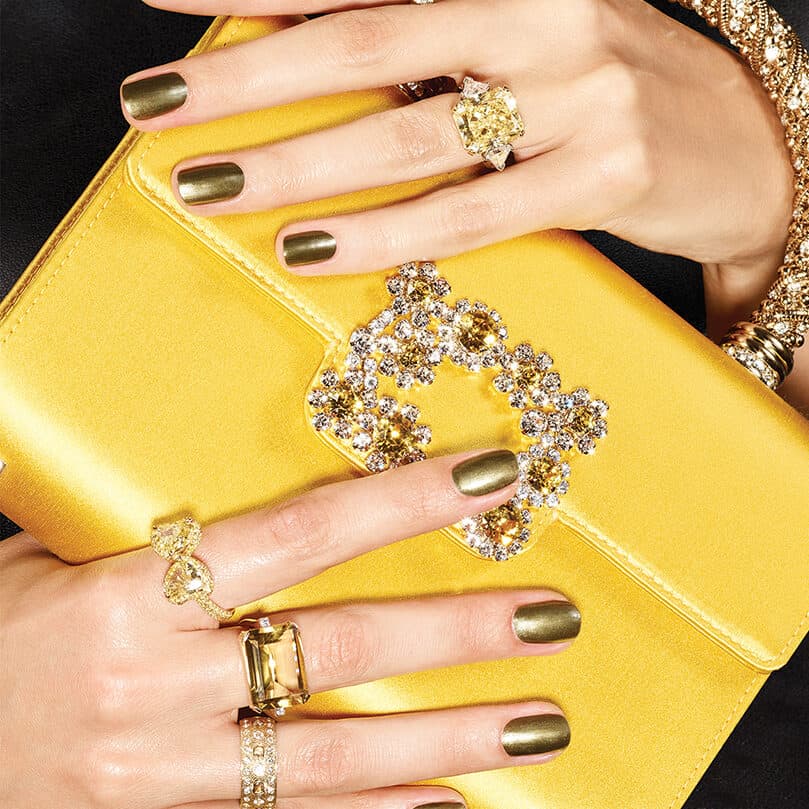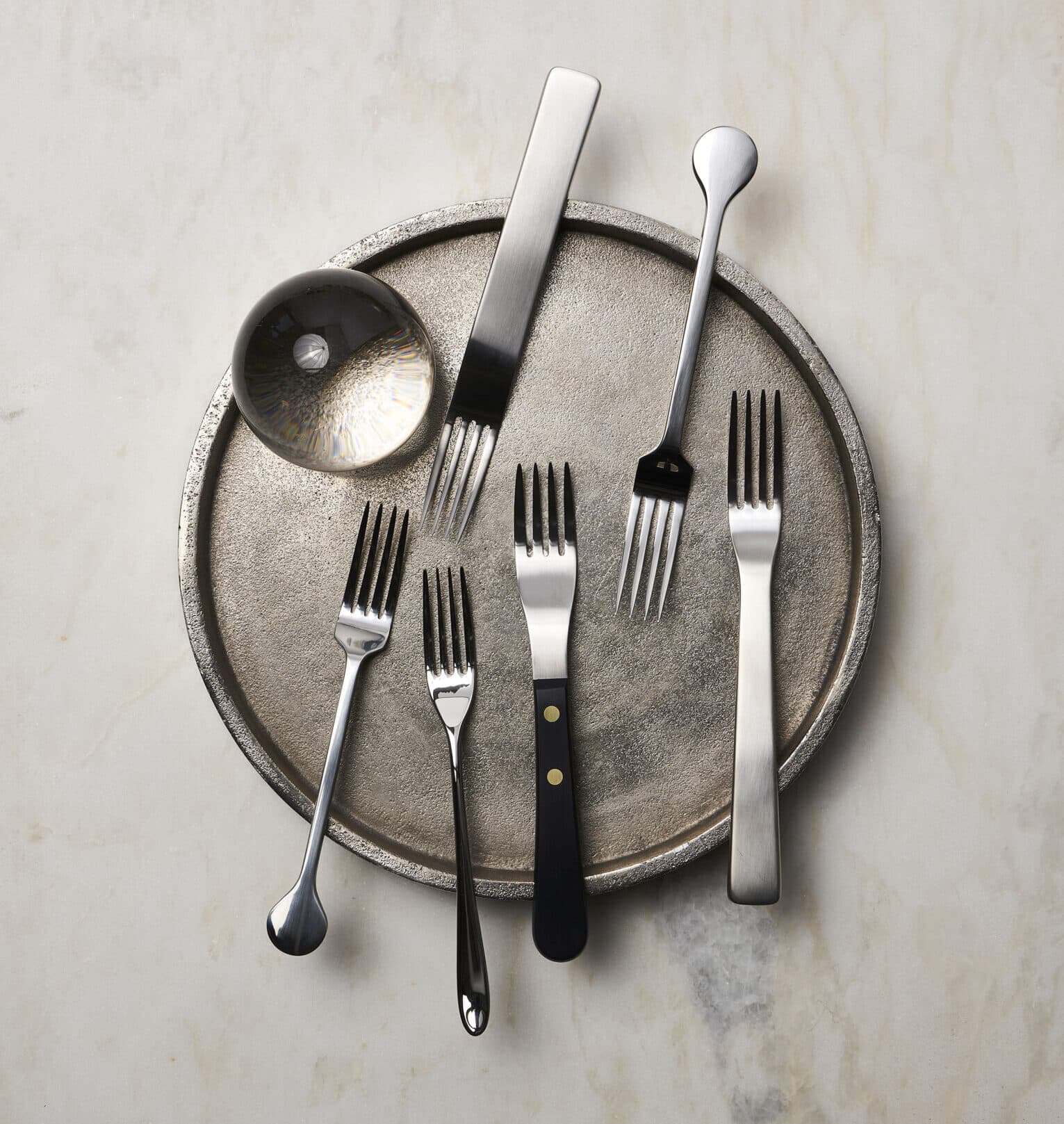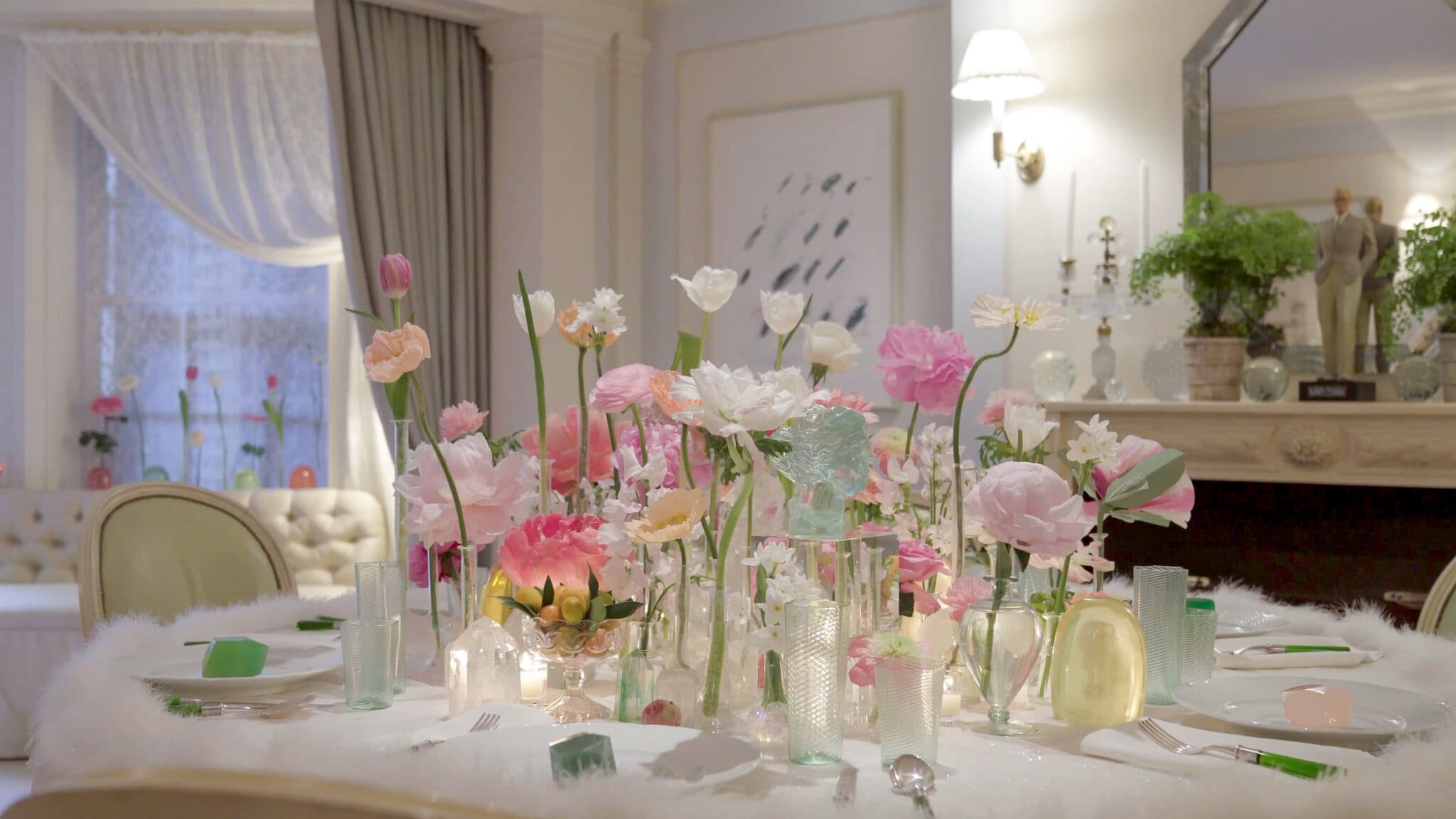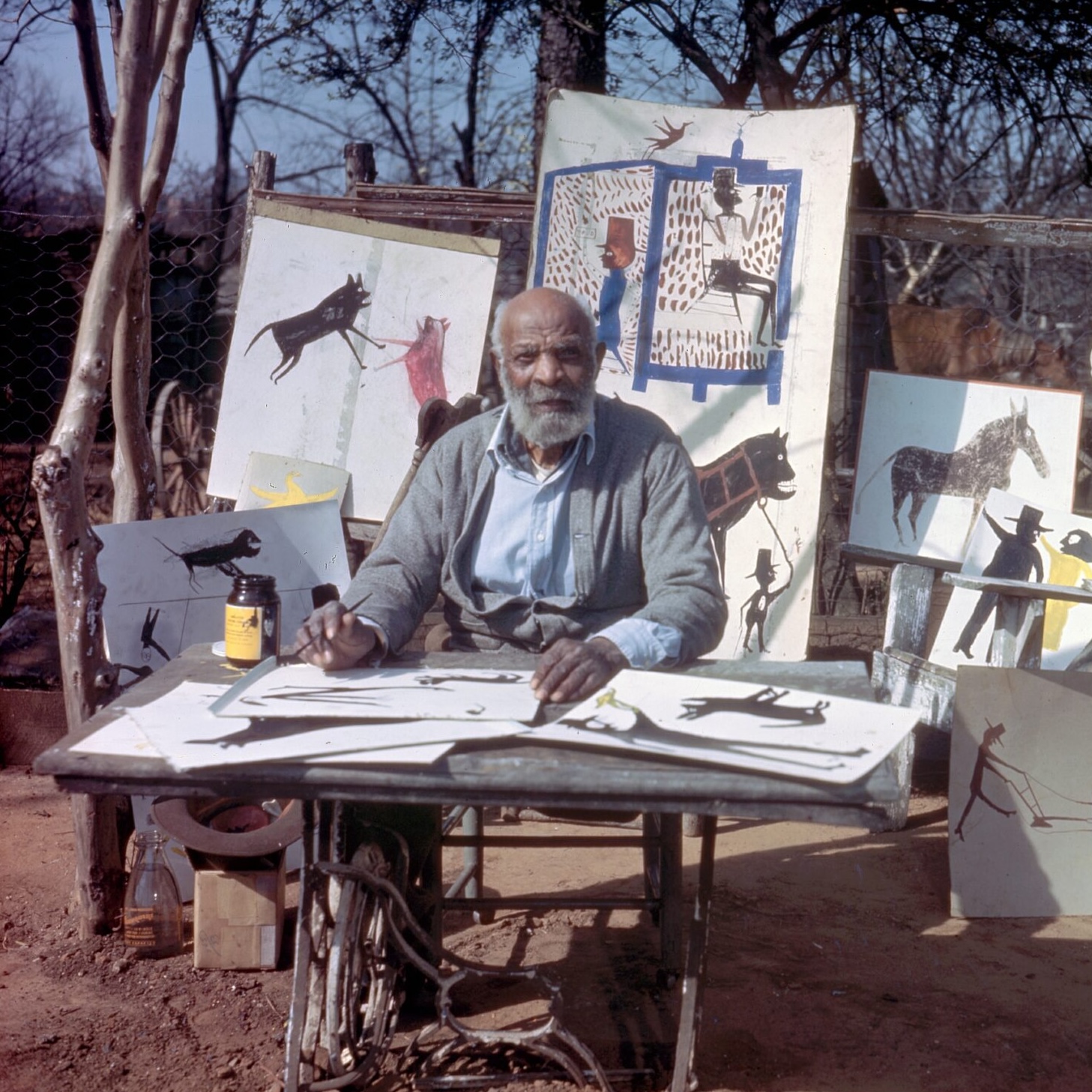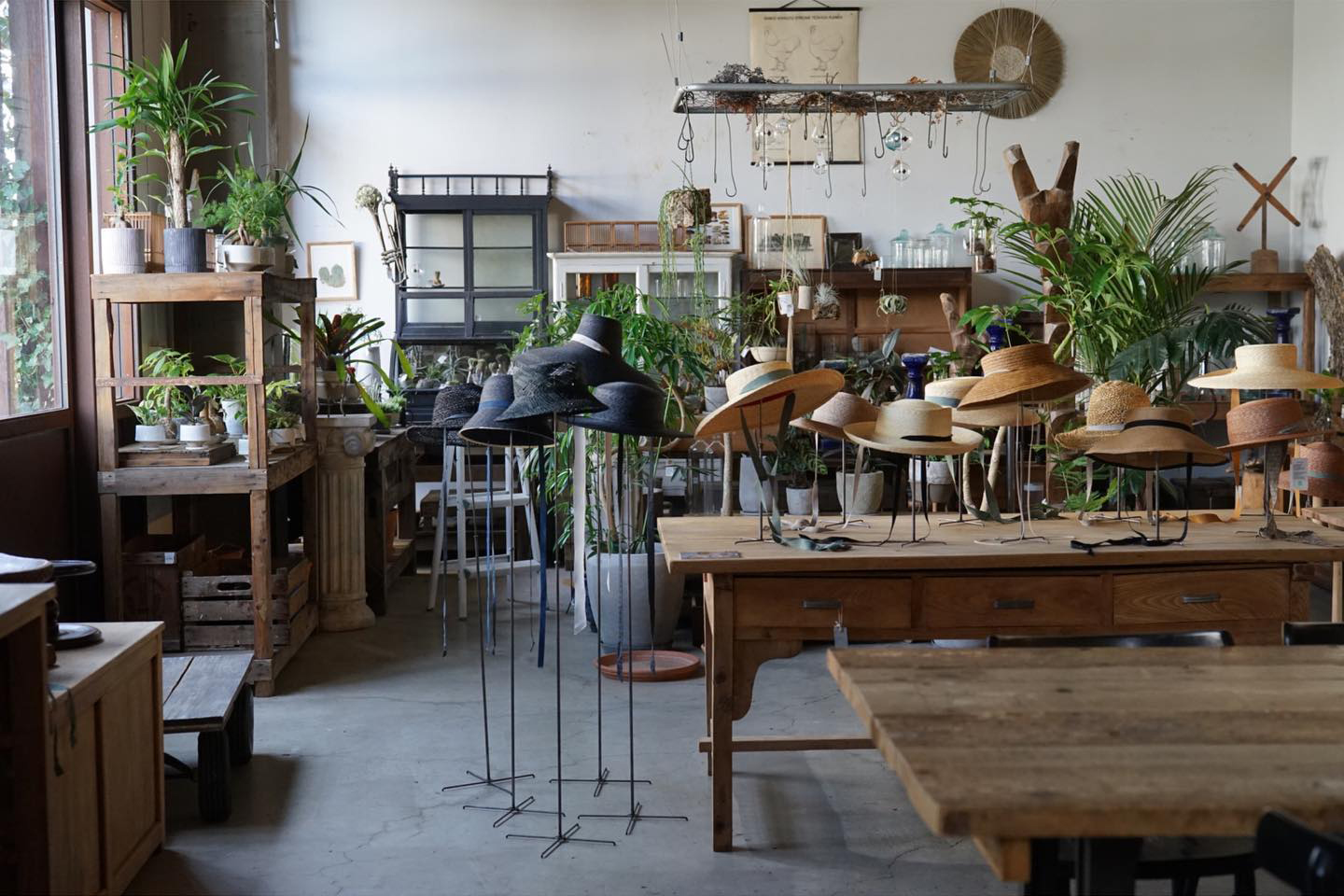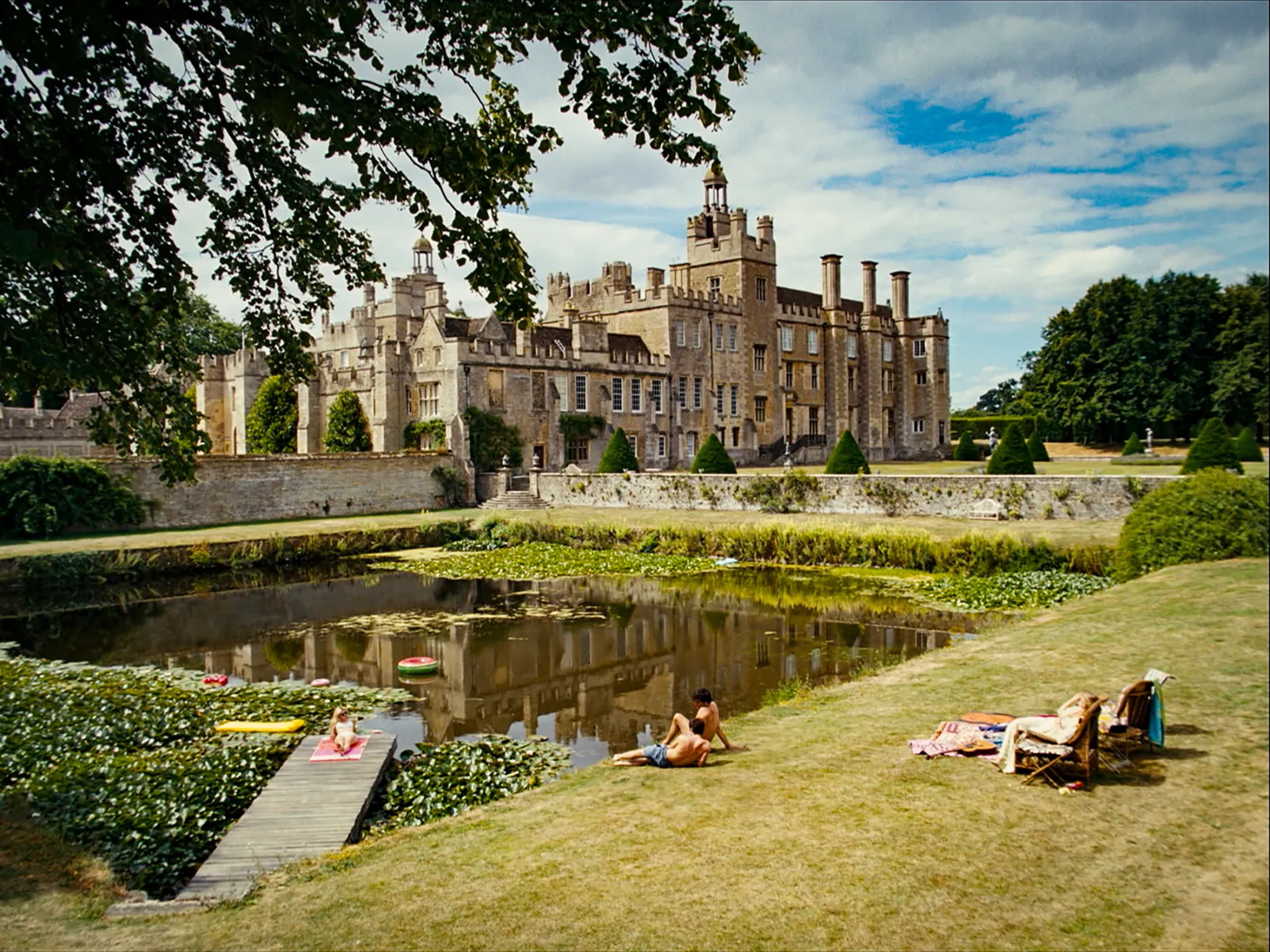In our new series Screening Room, we go behind the scenes with the uber talented production designers and set decorators of today’s most visually alluring TV shows and movies for a deep dive on how they whipped up such indelible backdrops. First up: Donal Woods and Linda Wilson of Belgravia, Julian Fellowes’ most recent project—a saucy soap opera-meets-English aristocracy adaptation of his 2016 novel.
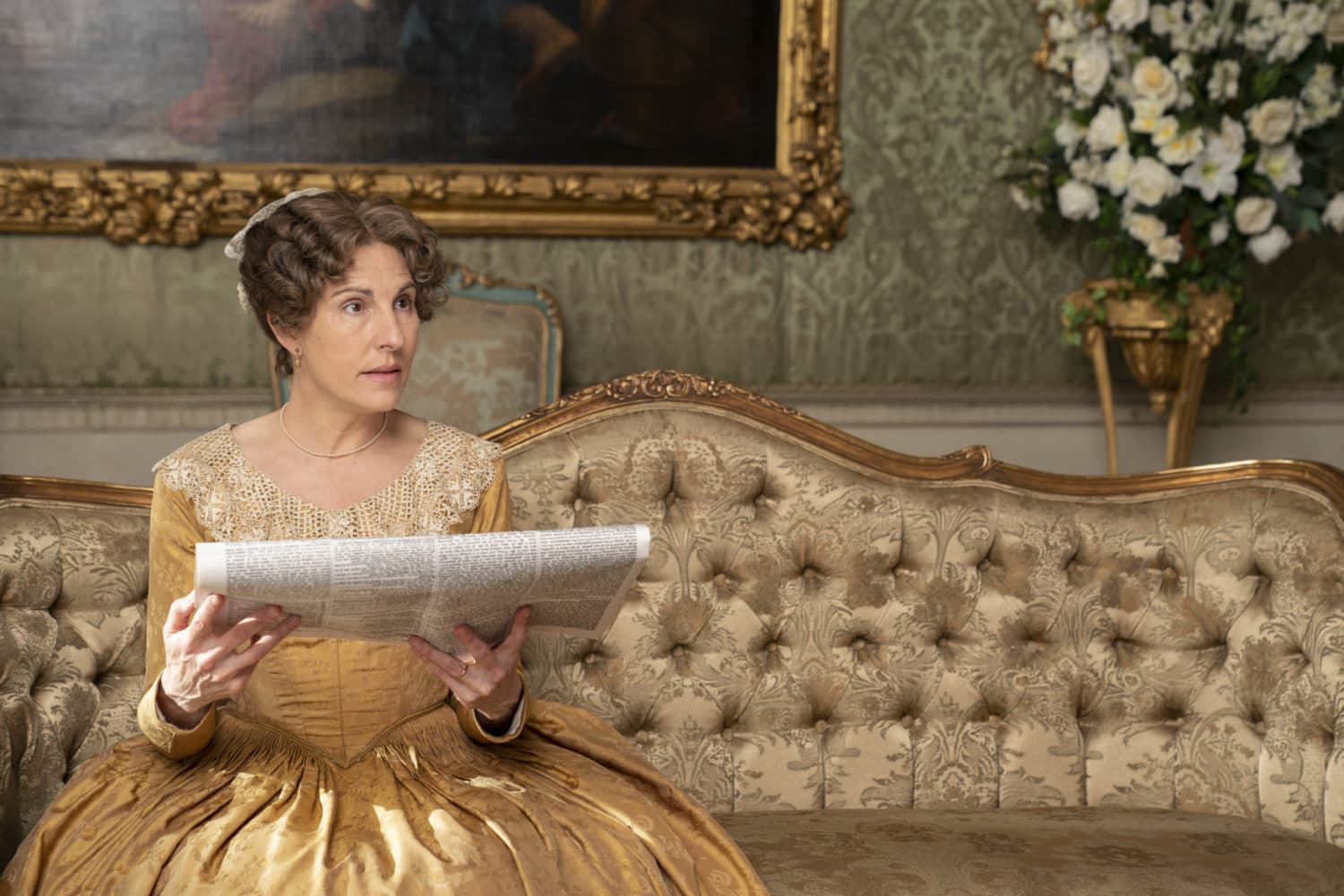
Today, Belgravia is one of the toniest corners of central London, filled with embassies and multimillionaires’ mansions–a fact that would have thrilled the developers, who created this neighborhood from scratch in the 1840s. They conjured squares of white terraces from a formerly scruffy patch of the city; the prevalence of violence earned one path here the nickname Bloody Bridge. The TV show Belgravia, the latest from Downton Abbey creator Julian Fellowes, tells not just the story of two wealthy families living there in those early days (one of whom even helped develop it), but also showcases the extraordinary architecture that remains its signature. It was up to production designer Donal Woods to create Belgravia’s Belgravia. Or rather, recreate it.
Emmy nominee Woods was a key part of Downton’s creative team, so he’s well practiced in period dramas. He’d never faced the scale of challenge here, though. “We started investigating whether we could use the real Belgravia, but after two phone calls, knew there was no chance—those embassies are a security nightmare and there’s no chance we could close it down for a week,” he recalls, “The show wouldn’t have happened if we couldn’t find our Belgravia. It’s unique.” Building a replica on as grand a scale as needed was impractical, so Woods trekked round the UK looking for a workable stand-in. He found it in Edinburgh’s New Town; a misnomer now, as it was built in the 1820s, around the same time construction started on Belgravia.
The layout is similar, grand row houses ranged around airy squares; even better, unlike the actual Belgravia, many of its streets remain cobbled. There was just one problem: the color. New Town’s houses are built from gray, Edinburgh sandstone, while Belgravia was—and still is—whitewashed and gleaming. Woods asked a VFX company if it could digitally recolor every mansion; after photographing buildings from every angle and feeding them into a computer, the city was transformed [watch the clip below to see the transformation]. “We needed to add some texture to it, because if it was too white it wasn’t believable, so there as a lot of trial and error.”
Once he’d created the exteriors of this ersatz area—call it Fauxgravia—Woods turned to the interiors. The story centers around two wealthy families who clash over a Regency-era Romeo & Juliet: the old-money aristocrats, headed by the doughty Countess of Brockenhurst (Atonement’s Dame Harriet Walter) spar with nouveau riche arrivistes, Mr. and Mrs. Trenchard (Philip Glenister of Life on Mars, Tamsin Greig of Episodes). Both families are intended to live in and around this new area; indeed, tradesman-made-good Trenchard was one of the developers of Belgravia, which the Countess ruefully describes as ‘this spangled city for the rich.’ Woods wanted their homes to subtly convey the difference between inherited wealth and industrial money, a simmering tension which helps define both Belgravia and much of the Victorian era in Britain.
Look first at the pictures on their walls, he explains. The Brockenhursts own paintings they have inherited, much older and dustier—heirlooms from centuries past, often portraits of those who once held their titles. “The Trenchards have no ancestry—they’ve bought their way into the world in a way they never could before, including the portraits,” he says—see the painting of Mr Trenchard himself, carefully produced for the show in the style of Sir David Wilkie, a trendy artist of the era. The furniture tells a similar story: the well-worn sofas and discreetly stained wall coverings of the upper class family contrast starkly with those of the middle class family, where the set decorator took antiques and deliberately recovered them in silks to suggest they were freshly shop-bought.
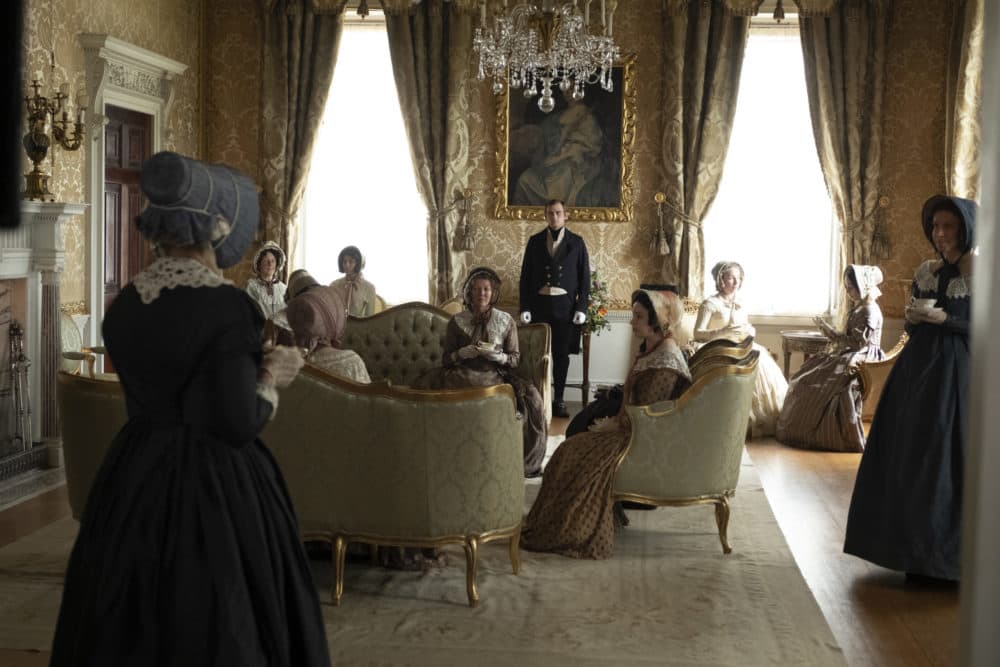
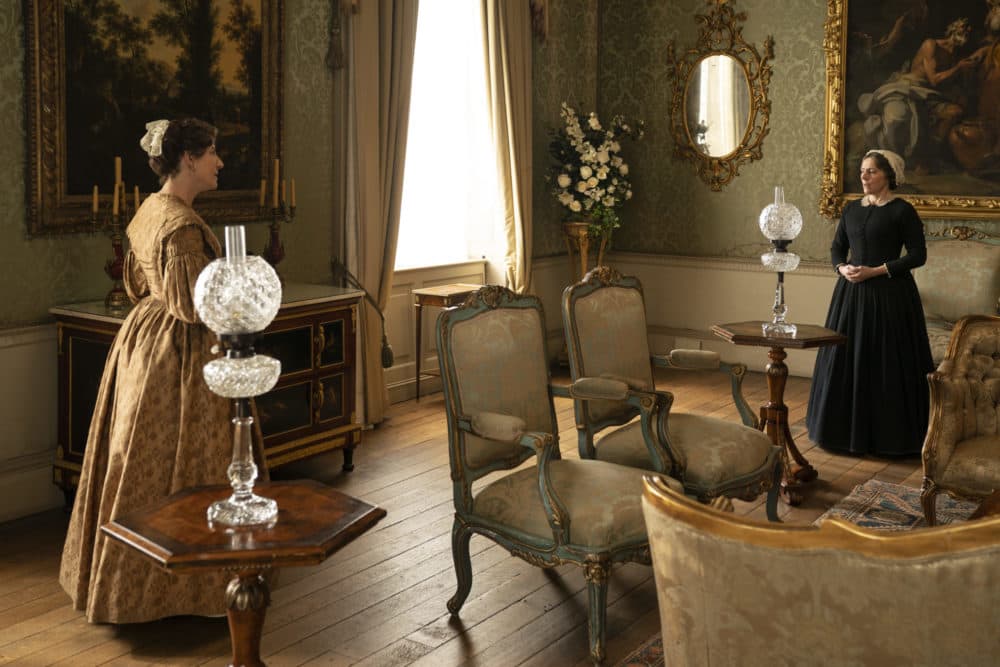
That decorator is Linda Wilson, a longtime collaborator with Woods who shares his painstaking attention to detail. Flowers were another subtle marker of class division in the show, per Wilson, who notes that the Trenchards, forced to buy a country estate rather than inheriting one, opted for a home in Somerset, three days’ drive from London. The only problem for Mrs Trenchard? The flower gardens there were too far for a reliable daily or weekly supply of blooms, so her home could feature bouquets only irregularly. The Brockenhursts’ floral abundance, though, would overwhelm even Elton John. “The old families already had a system, with cutting gardens in the countryside [nearby] which would be cut and sent up to town which made sure they always had them,” says Wilson.
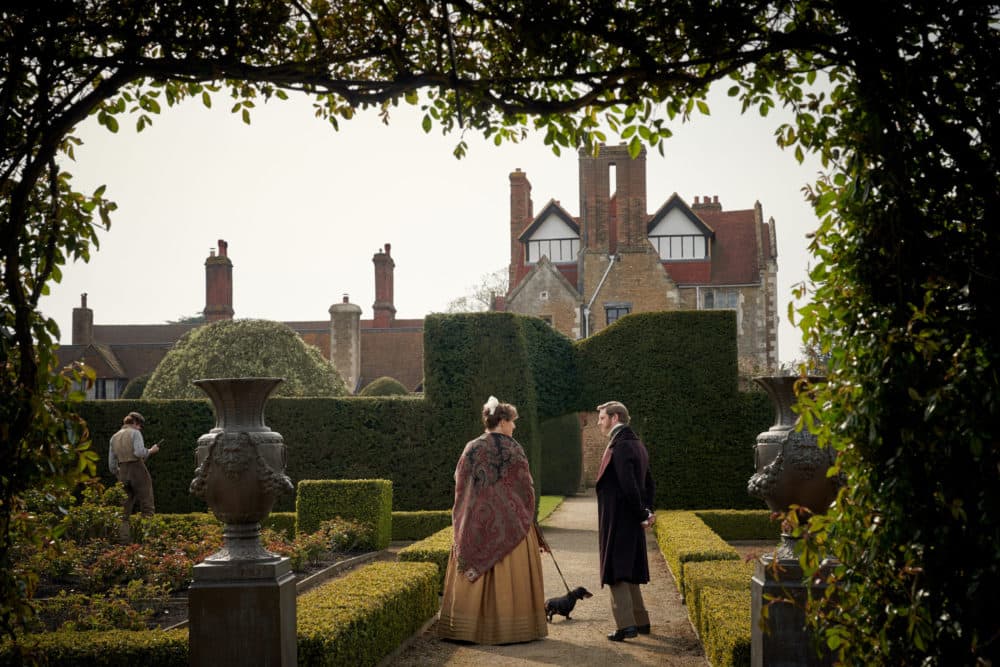
Consider mealtimes, too, especially breakfast. The plates and bowls used by the Brockenhursts showcase their family crest, as all aristocrats’ would. That’s not an option for the Trenchards, who instead eat off high end, but impersonal, crockery, as in one morning scene, featuring Greig’s Anne Trenchard swapping barbs with her ambitious, amoral daughter-in-law Susan (Star Trek Into Darkness’ Alice Eve). The food in front of them is served in foil trays, much like those sold in supermarkets today; it was a new-fangled technology of the mid-Victorian era. It’s also a gauche choice that would horrify aristocrats who would instead opt for silver, heirloom tureens.
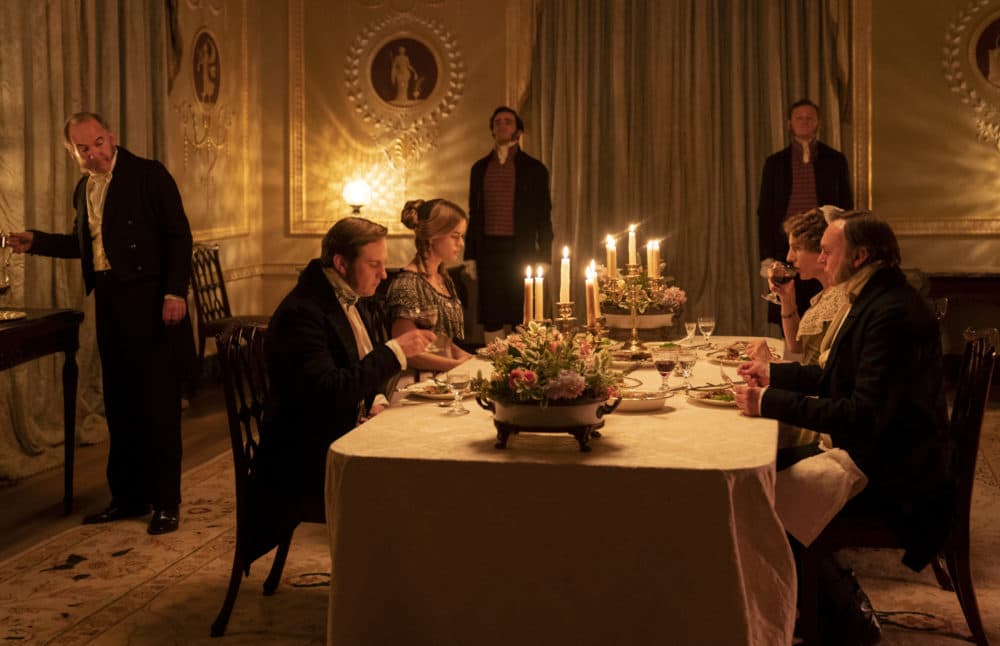
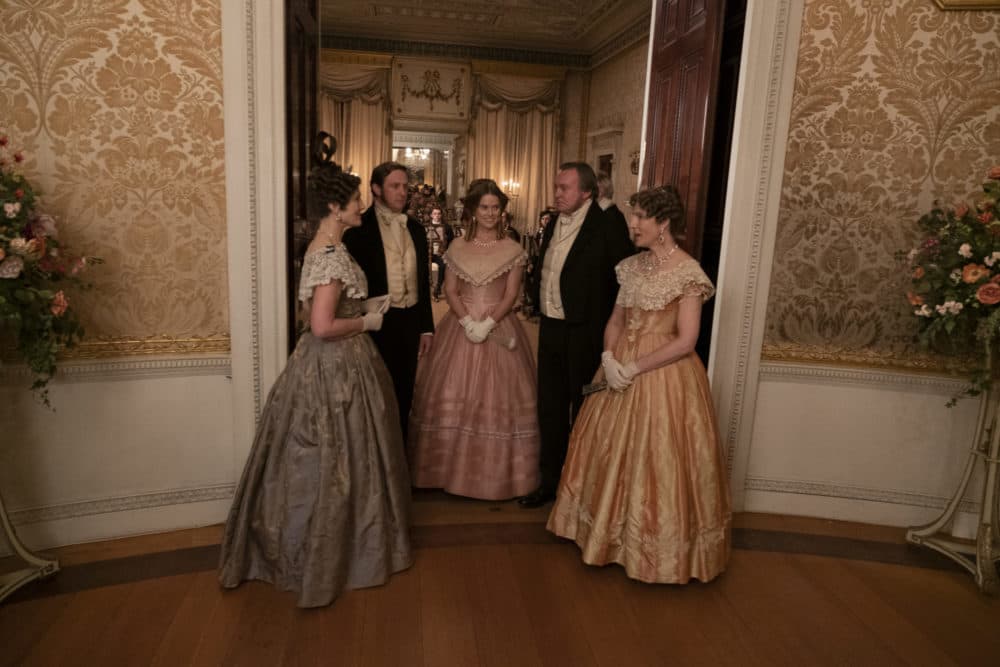
To establish a sense of early Victoriana rather than high 19th Century, they focused on streamlined interiors. By the end of the century, rooms were overstuffed with knickknacks, framed photos and exotic, imported plants like palms. In Belgravia’s pre-electrical time, though, they were surprisingly clutter-free. “The decoration had to be striped back and clean and functional,” Woods continues, who emphasized that interiors be less busy to help anchor them in that era. Likewise, the wide boulevards outside: the only traffic on the cobbled streets would have been the occasional carriages of the wealthy, and workmen delivering household goods like coal. It’s a stark contrast to the later 19th century, or even today. “Just because you have a big street, you don’t have to fill it,” laughs Woods, “There were no traffic jams then—unlike today, when there are so many cars you can’t move.”
